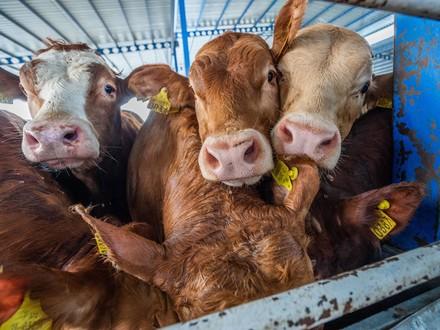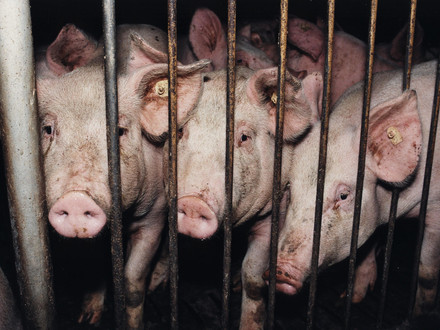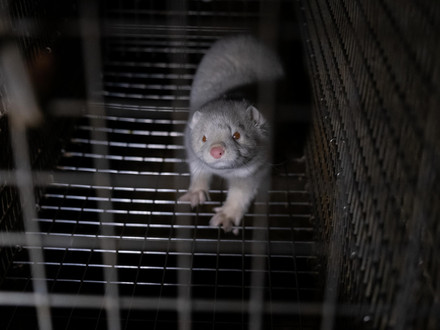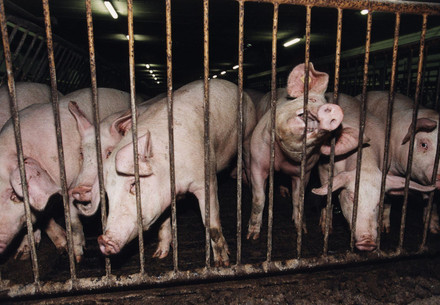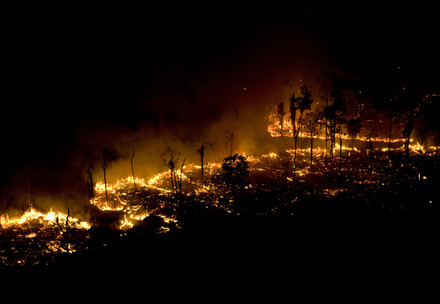Source
2. United Nations Environment Programme. What’s Cooking? An assessment of the potential impacts of selected novel alternatives to conventional animal products. United Nations Environment Programme; 2023. https://wedocs.unep.org/20.500.11822/44236. doi:10.59117/20.500.11822/44236
3. Dangal SRS, Tian H, Xu R, Chang J, Canadell JG, Ciais P, Pan S, Yang J, Zhang B. Global Nitrous Oxide Emissions From Pasturelands and Rangelands: Magnitude, Spatiotemporal Patterns, and Attribution. Global Biogeochemical Cycles. 2019;33(2):200–222. doi:10.1029/2018GB006091
4. FAO. Pathways towards lower emissions. FAO; 2023. http://www.fao.org/documents/card/en/c/cc9029en. doi:10.4060/cc9029en
5. FAO. Pathways towards lower emissions. FAO; 2023. http://www.fao.org/documents/card/en/c/cc9029en. doi:10.4060/cc9029en




